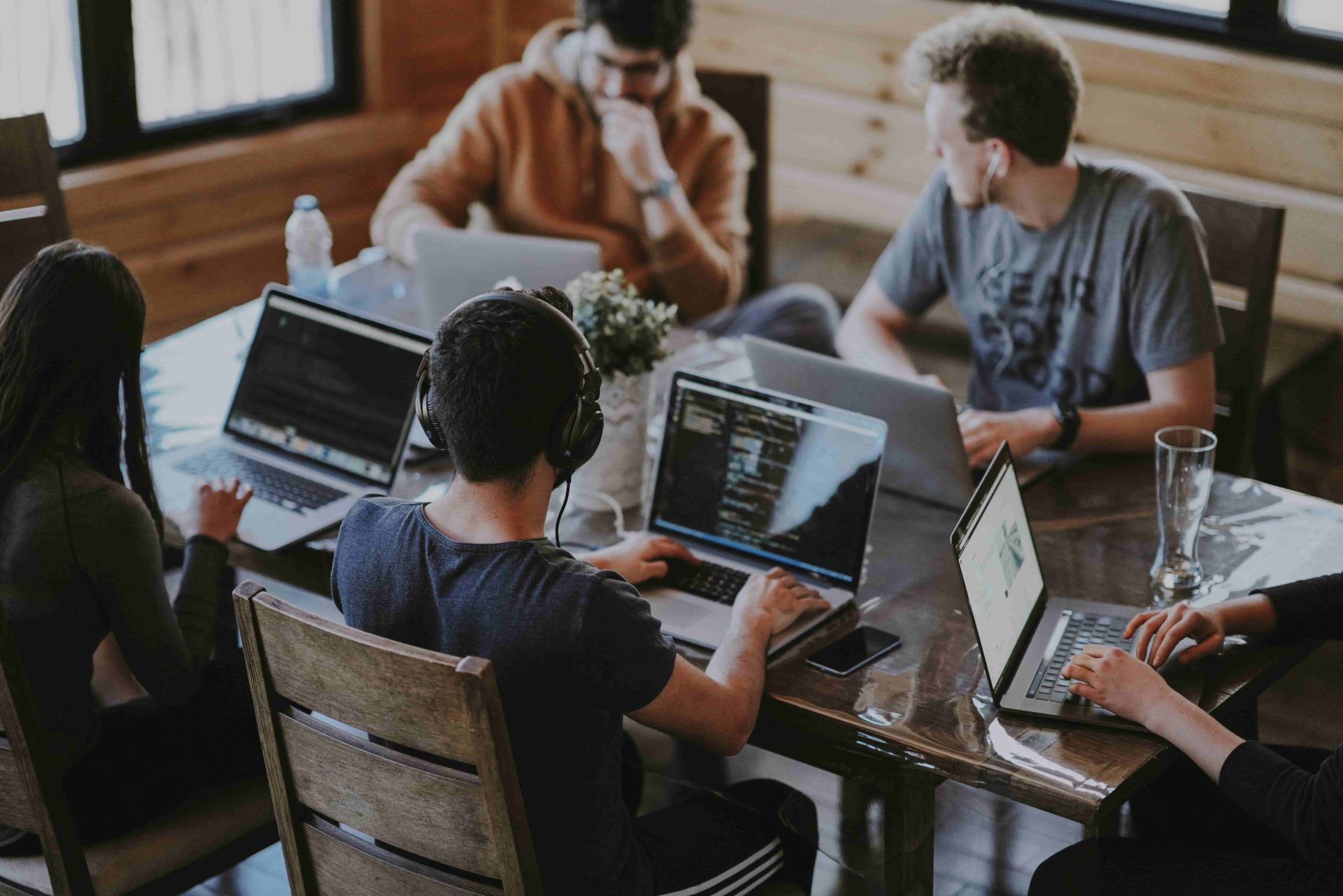This interview discusses how media bias can be a significant obstacle to preception and social change. Furthermore, it explains how it can substantially impact the social and economic part of the world.
Regarding your teaching experience at the University of Regensburg and considering your last video, what are the main psychological biases that play as obstacles to social change? How undergraduate students and young entrepreneurs could overcome some of them?
Thank you for making this question, because this is an important topic, which I think is addressed too rarely. The truth is that there are many misperceptions about the world, including some of the significant global trends.
Do you want proof? Invite everyone you know to do the Gapminder test and check how many people answer correctly. For example, this test reveals that most people believe that deaths from natural disasters more than doubled compared to the last century. But the opposite is true! The deaths from natural disasters decreased to less than half compared to the previous century.

Similarly, most people believe that the percent of people living in extreme poverty has almost doubled in the last 20 years. While the opposite is true: the percent of people living in extreme poverty in the previous 20 years has nearly halved! Now why people, even educated people, get it wrong? Two of the primary reasons are media bias and selection bias.
The media highly influence our perceptions of the world, But the media do not give an objective picture of the world. Let’s never forget, e.g., that the media are incentivized to write about what sells, and that’s typically about unusual events.
Similarly, our perceptions of the world are highly shaped by our experience. But let’s never forget that our personal experience is not representative! Each of us is part of a very selected sample.
Now, what are the implications of such biases for social policies and social entrepreneurship? Well, people may end up investing time and resources in the wrong activities. They may overestimate the benefit of a particular action/policy or the importance of a specific social problem while underestimating other problems’ benefits and significance.
Take the example of microcredit: at the beginning, people thought that was the panacea: the solution to poverty. After some scandals in India in which some borrowers killed themselves because they could not repay the loans, the microcredit was subject to an extreme backlash. But the truth is in between: the microcredit is no miracle but also no evil. The microcredit can help with certain aspects of poverty but not with others. And often, the effects depend on specific environment and program characteristics.

How do I know that? Well, because a lot of careful research has been done to assess microcredit programs’ social impact. The problem is that often these research findings do not reach policymakers, entrepreneurs, and donors. So we need to strengthen the connection between the academic and policy world.
We need to push for diffusion and easy access to scientific knowledge. Still, even more importantly, we need to promote a culture for evidence-based social policy. In other words, decisions and actions, whether governments or social entrepreneurs, must be guided as much as possible by scientific knowledge and scientific evidence, and not by ideology and biased opinions.
One way is by convincing organizations to carefully evaluate the impacts of their programs and policies. Unfortunately, this is rarely happening. Whether charities, public organizations, or social enterprises do not want to assess their programs’ impact scientifically or carefully.
Why is that? Perhaps because they are afraid of the potential findings? What if you discover that your social enterprise, to which you devoted your entire life, does not have any substantial social impact? You can see the implications of this reasoning; this is why I believe that social transformation cannot occur without personal transformation. But this is another topic.









